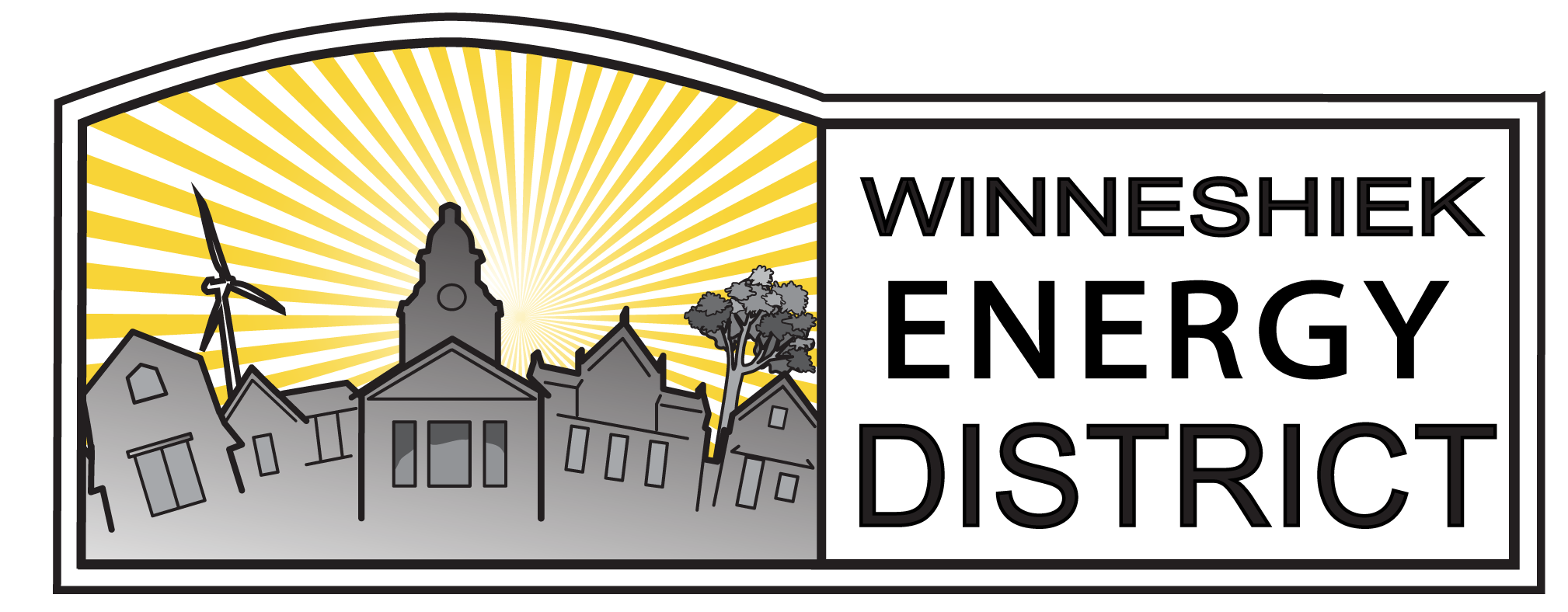One of the most controversial topics in the climate change world today is that of carbon offsets (or more accurately: greenhouse gas reduction offsets).
Have you lowered your home energy use through efficiency and renewable energy (solar electricity, solar hot water, geothermal, wood heating and wind are all becoming more common and affordable), but want to reduce your contribution to climate change even further? Offsets are essentially a way for you to buy “shares” in projects that reduce greenhouse gas emissions somewhere else, thus “offsetting” your own emissions.
Sound complicated? Even a bit fishy? We’ll touch on the many problems with offsets in the next section, but for now, let’s take a look at many sources of offsets in existence today:
- Renewable energy credits (RECS) allow you to purchase the emission reductions from renewable energy (such as solar, wind, geothermal, or biomass) even if that power is being used somewhere else
- Energy efficiency and methane reduction projects all reduce emissions in buildings, industry, or waste (animal and human) from the “business-as-usual” state to something better
- Sequestration projects use tree planting or certain agricultural techniques to remove carbon dioxide from the air and “sequester” it in trees or soil, essentially storing it over the long term
There are many vendors of carbon offsets that you can find on the web, but remember – those projects and offsets are not local. Return here to purchase local offsets that support local projects!
The bulk of offsets – or “carbon credits” – are traded internationally in compliance markets. Almost all developed countries in the world except the United States are signatories to the Kyoto Protocol, and the European Union has also developed its Emissions Trading Scheme. These mechanisms are versions of cap-and-trade approaches to reducing emissions, whereby companies and countries are required to steadily reduce emissions over time. If they can’t reduce their own emissions, they purchase offsets from other companies or from projects in other countries, including in the developing world.
In the US, however, much of the offset market is voluntary. Individuals, businesses, or organizations decide to purchase offsets to reduce emissions based upon ethics or ideas about social responsibility. Some of the offsets are generated locally, but in most cases, they’re purchasing offsets from far away projects they know little about.
For much greater detail on carbon offsets see this good Wikipedia entry or this summary article from Green America.
